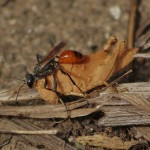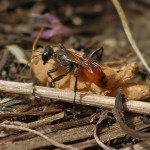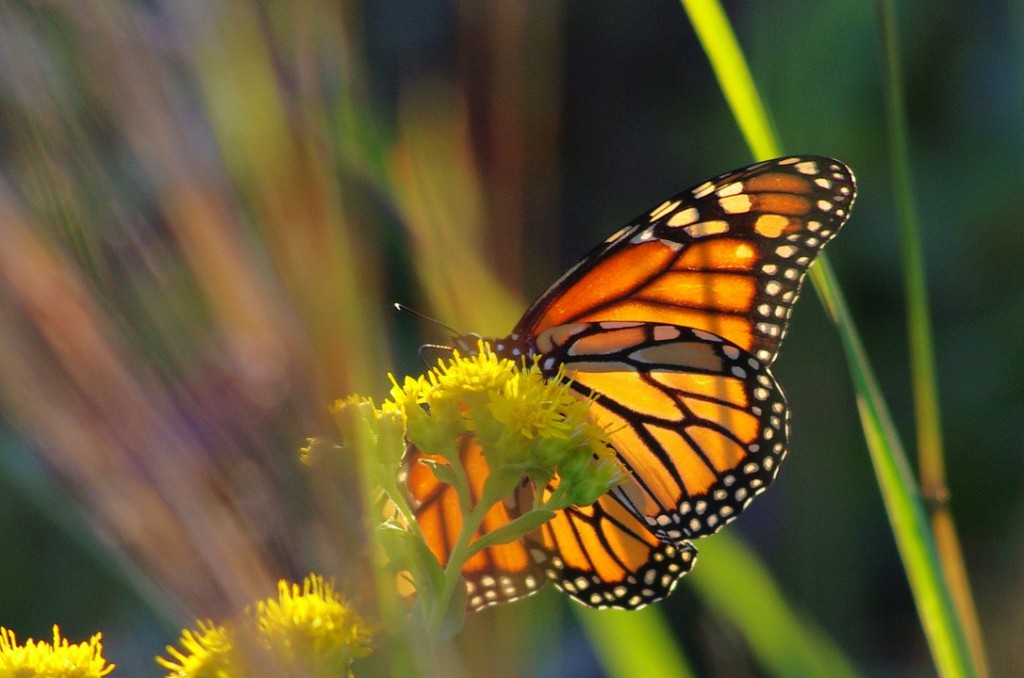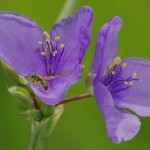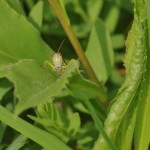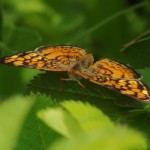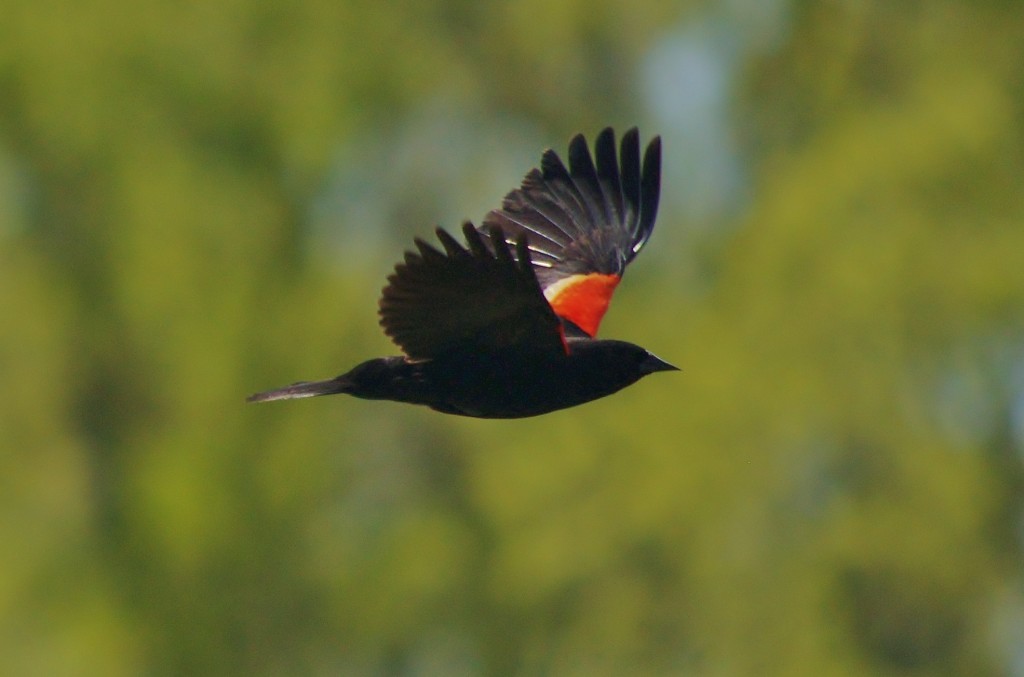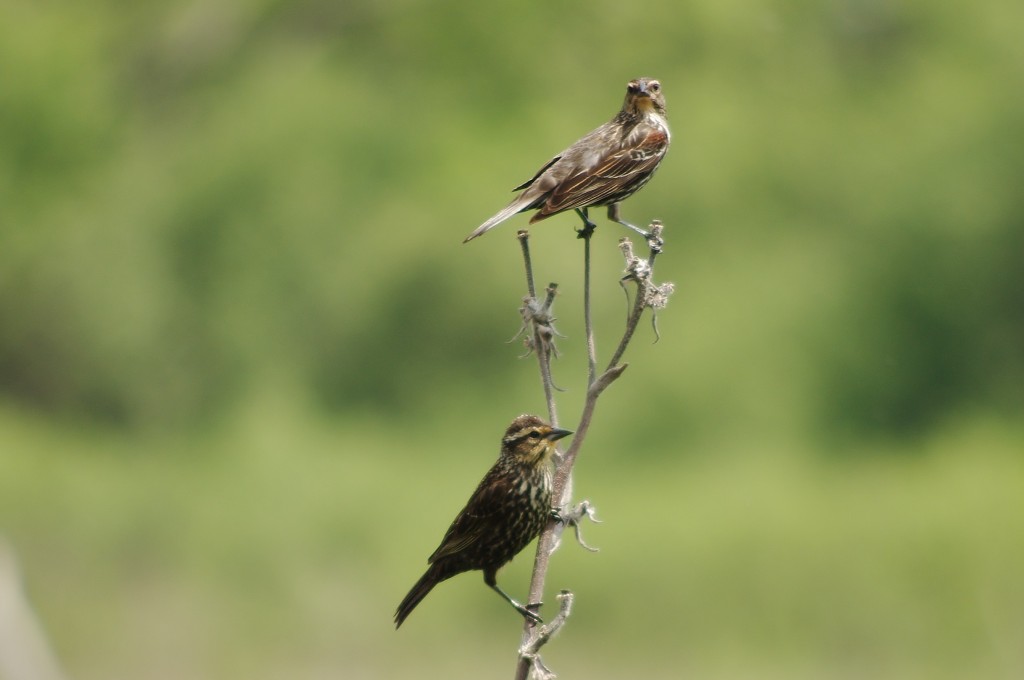Much of the time and effort to keep Wolf Road Prairie healthy by Save the Prairie Society members, the FPDCC, the IDNR, and volunteers is devoted to promoting and preserving biodiversity. Biodiversity is one of the key indicators of productivity, health, and stability of an ecosystem. But what is biodiversity, why is it important, what threatens it, and how is STPS helping to to enrich Wolf Road Prairie’s own biodiversity?
Biodiversity Explained

Broadly speaking, biodiversity refers to the variety of organisms within an ecosystem. However, scientists quantify biodiversity on three different levels; genetic diversity, species diversity, and ecosystem diversity.
- Genetic diversity counts the total sum of genetic information of individual organisms within a single species. Having sufficient genetic diversity within a species is important for preventing detrimental inherited traits and fighting disease.
- Species diversity refers to the number of different species in either a single ecosystem or on Earth as a whole. Scientists utilize taxonomy to see historical species diversity and can discover why some evolutionary branches of organisms are more species-rich than others through time.
- Ecosystem diversity describes the study of different biological communities and their abiotic habitat within a given region. This level of biodiversity is the most difficult to quantify. As explained on our blog, ecosystems are dynamic and exist on a spectrum where clear boundary lines are blurred. Therefore, in studying ecosystem diversity, scientists measure changes within biological communities along with any shifts in their physical environment.
Why is Biodiversity Important?

Having rich, biodiverse ecosystems directly benefits humans. High biodiversity ecosystems have high productivity (how much biomass is produced within an ecosystem), high quality soil, aid in local weather patterns, cycle nutrients more effectively, retain and recharge surface and ground water, prevent flooding, and improve air quality by releasing oxygen. Having a diverse biological community allows for wildlife to more efficiently utilize that ecosystem’s resources, facilitate population health in other species, and help stabilize and recover from ecological disturbances. Humans also gain economically from healthy ecosystems, as biodiverse regions provide services and resources such as fishing, agriculture, forestry, and even tourism.
Biodiversity can also better stave off accelerated mass extinction and in turn improve our current quality of life and abundance of natural resources and services. While extinction of species has occurred in the past and will continue in the future, scientists today are largely concerned with the rate organisms are dying off. Some estimates of current extinction rates are 100 to 1000 times what is found in the fossil record. Humans will ultimately be effected by such an accelerated mass extinction as air quality declines, weather becomes more erratic, and natural services and resources become more and more sparse.
Threats to Biodiversity
Combating threats to biodiversity is a multi-front war and oftentimes these threat vectors work in conjunction with one another. Habitat loss and fragmentation, overhunting, pollution, over-farming/over-harvesting, native species competition, and even natural, non-anthropogenic causes (such as earthquakes, fires, droughts, etc) are significant threats to biodiversity and may occur simultaneously. STPS routinely battles another enemy to the biodiversity of Wolf Road Prairie—non-native invasive plant life.
Buckthorn, teasil, reed canary grass, and bull and Canada thistle are all alien plants to Illinois which compete for resources and displace native plant life. By out-competing native plants, invasives reduce biodiversity on multiple levels. For instance, bull thistle outcompetes and disestablishes native plant life on the prairie if left unchecked. Native thistle is a food source for a variety of native wildlife, such as goldfinches and deer, but because of of bull thistle’s spines and seed size, most cannot utilize them with the ease in which they access native thistle.
How STPS Promotes Biodiversity at Wolf Road Prairie

STPS and volunteers work tirelessly to rid the prairie of alien plant life. Equipped with bug repellent, hand shears, and loppers, workers trek the prairie and eliminate threats. During the summer months, STPS worked on clipping spiny bull and Canada thistle. Elimination of bull thistle began in June when it’s flowers began to bloom but before the flower opens and seeds can ride the wind and spread to other areas of the prairie. Bull thistle is also most vulnerable at this stage as most of it’s energy is directed towards producing its flower rather to its root system. Flower heads are individually collected to prevent the seeds from spreading before cutting the plant at the base. This fall, our attention turned to buckthorn. We even had help from the local Nazareth High School students to cut down the woody exotic. Restoration efforts, including mechanized work, herbiciding and prescription burns, are also being conducted during the winter months to cull harmful exotics and promote prairie health.
What You Can Do to Help
STPS is an all volunteer organization and promoting biodiversity in Wolf Road Prairie’s incredibly threatened ecosystem is no small task. If you would like to contribute to the ongoing efforts to save Wolf Road Prairie, there are a variety of ways to help. Contact us by phone or online if you would like to volunteer your time to STPS. You can also contribute by donating. Checks can be made out to ‘Save the Prairie Society’ and be sent to:
Save the Prairie Society
11225 Constitution Drive
Westchester, IL 60154
You can also donate online securely via PayPal.
Lastly, you can help us by spreading the word about STPS. Please share our homepage, facebook, and twitter to those you know who are also concerned about the natural world. Thank you for helping promote local biodiversity!
–F. Martino
SOURCES
Freeman, Scott. Biological Science. San Francisco: Pearson/Benjamin Cummings, 2008. Print
